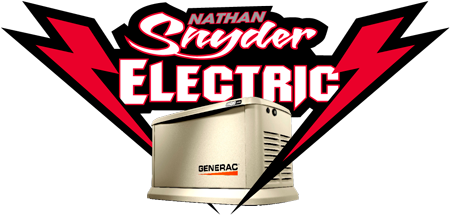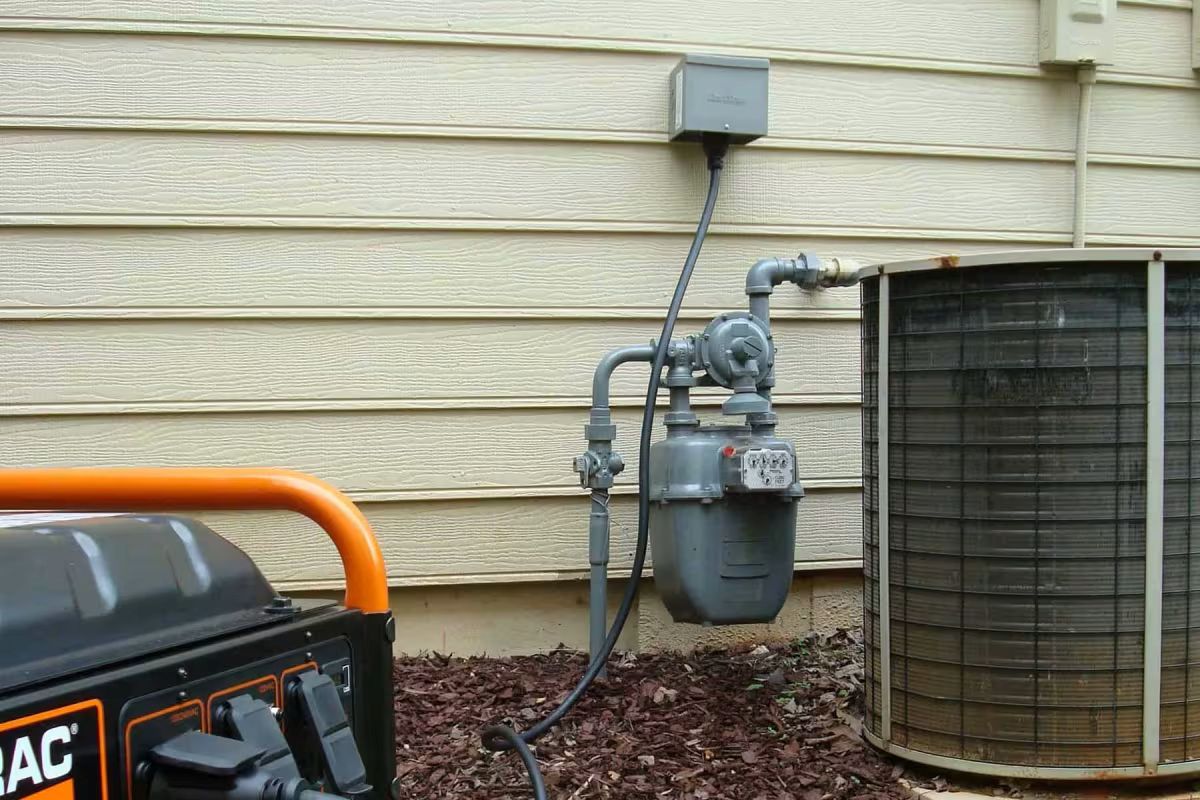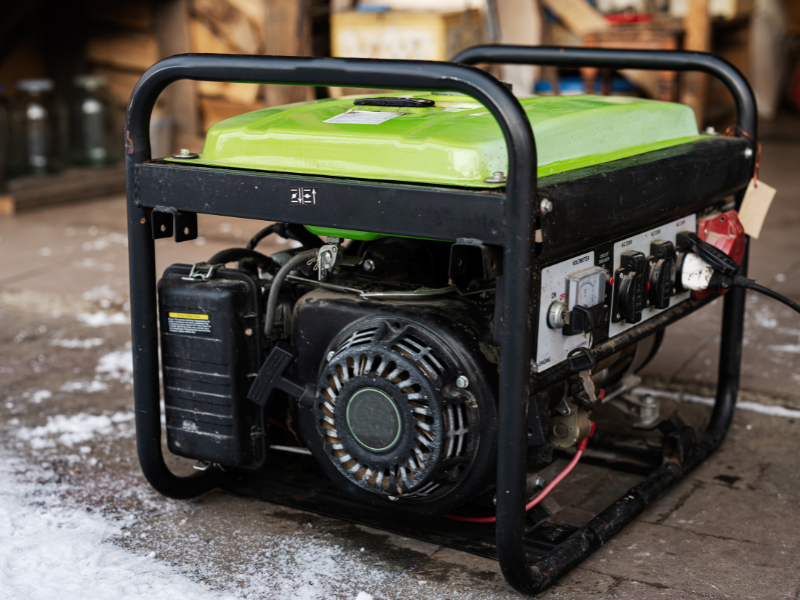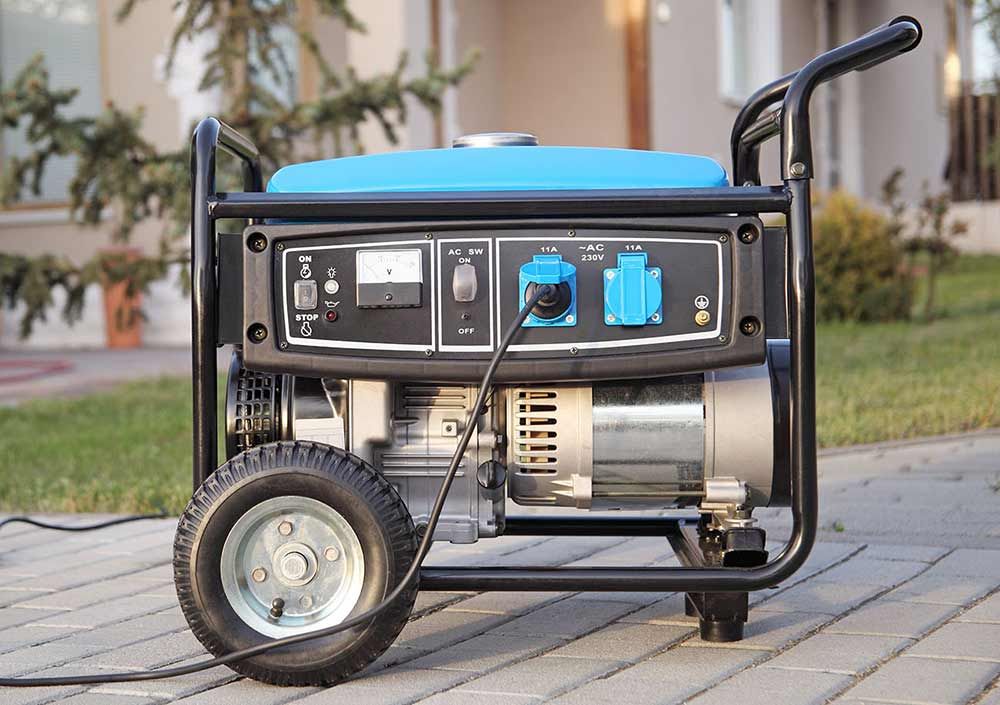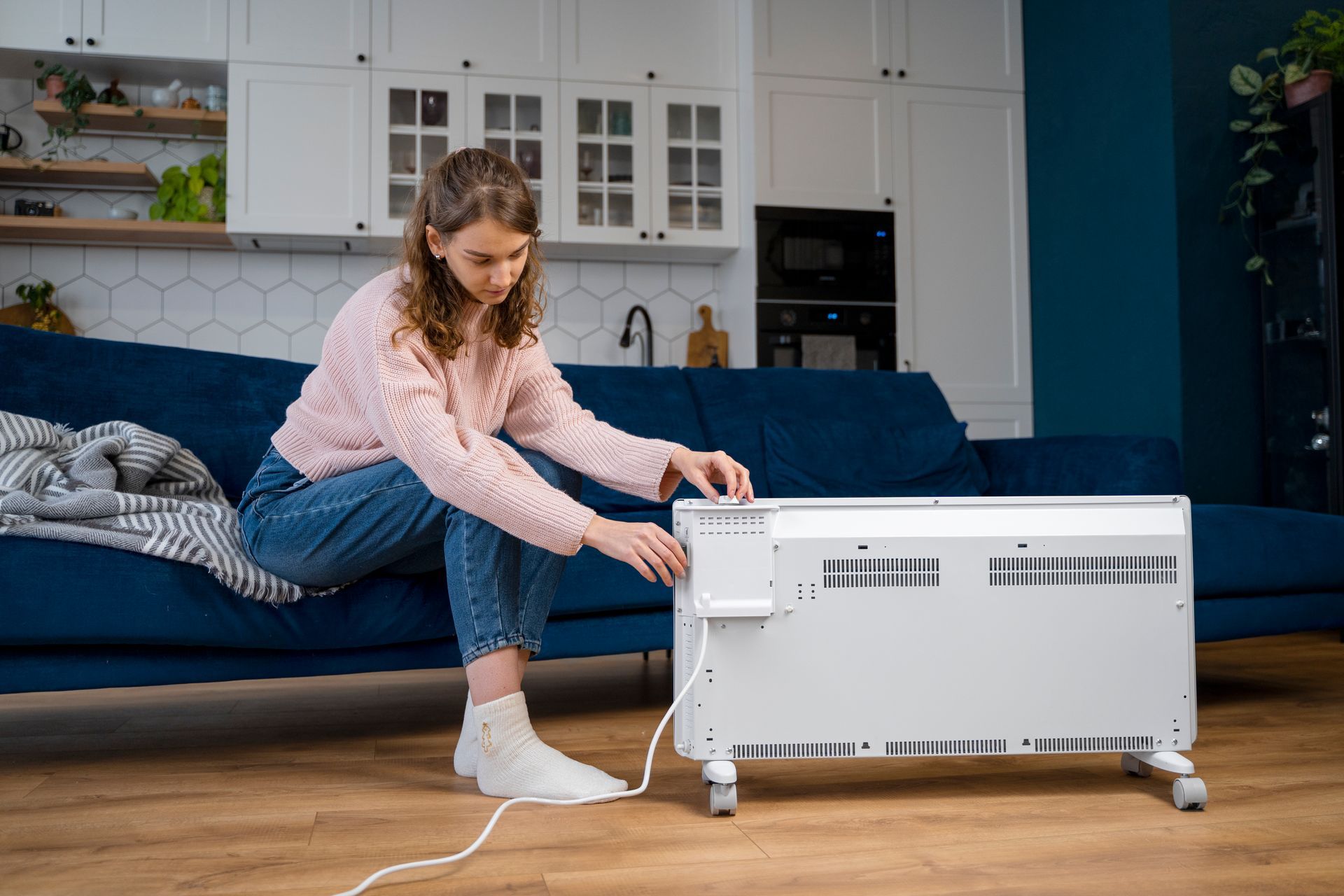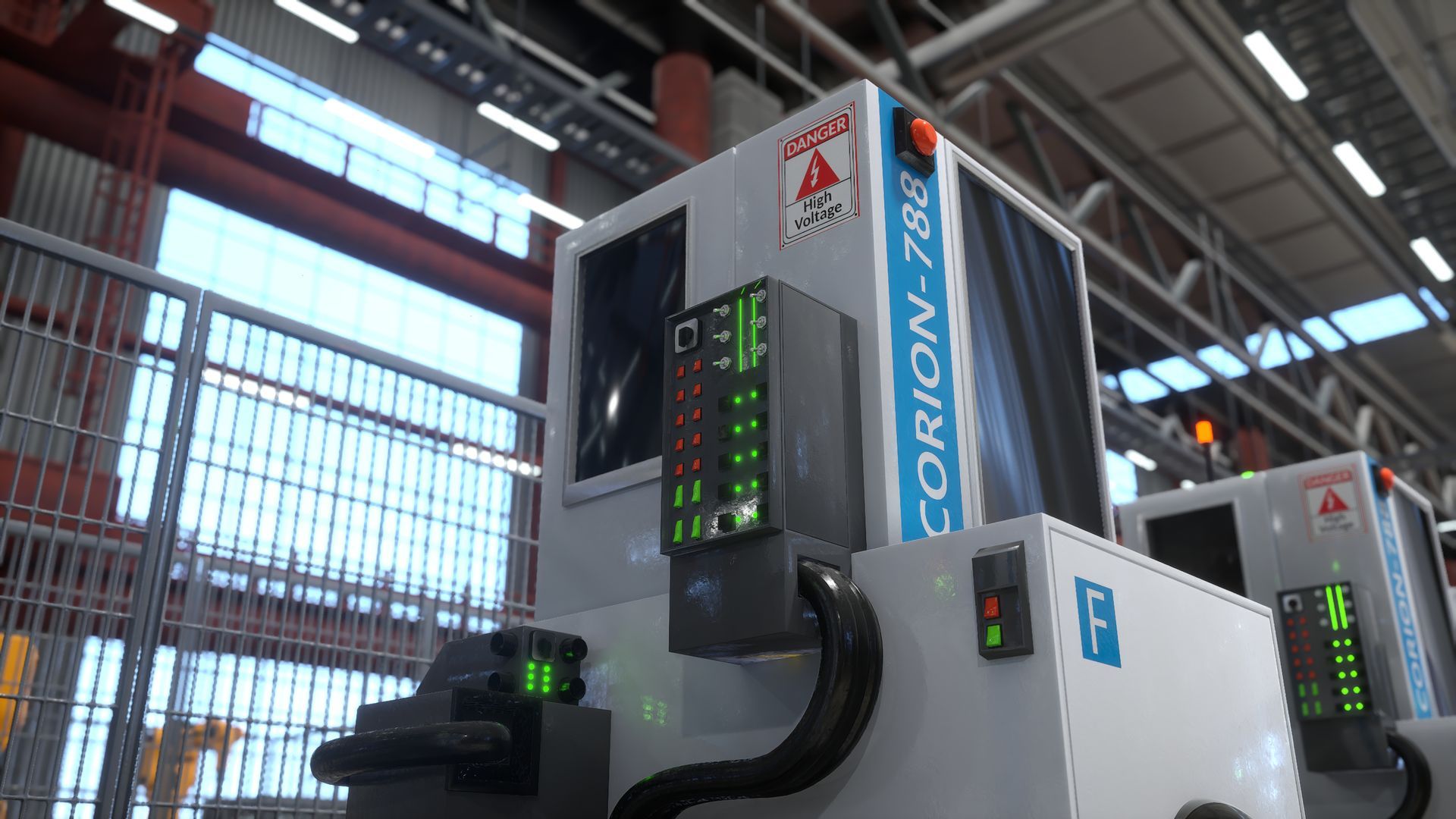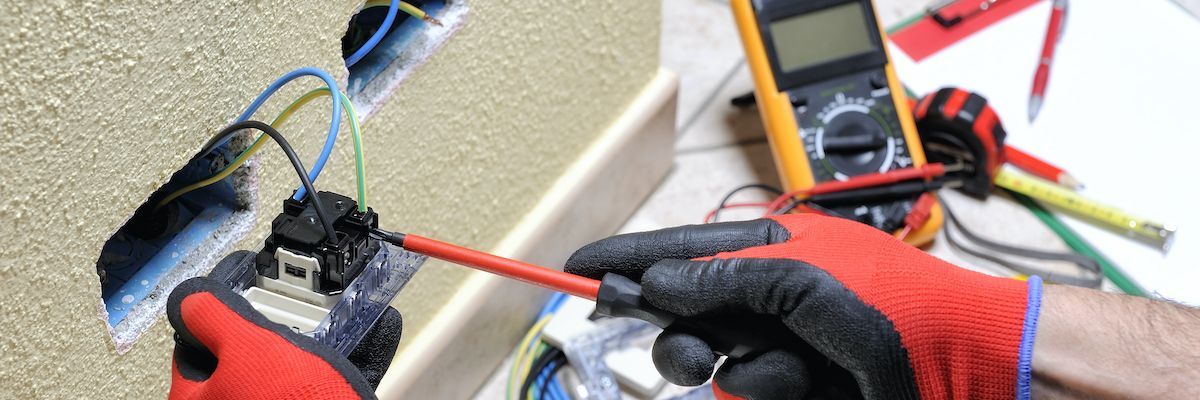How to Hook Up Generator to House the Right Way
Power outages can strike at any time, leaving your home in darkness. A home generator installation provides peace of mind, ensuring your household remains operational during power outages and other emergencies. Setting up your generator correctly protects your family and prevents electrical damage. This guide walks you through the safe and proper way to connect a generator to your house. You'll learn the key steps from safety precautions to ongoing maintenance.
Generator Safety Precautions
Before connecting your generator, review these safety steps to prevent accidents. Always place the generator outdoors in an open area to prevent carbon monoxide buildup; never run it in enclosed spaces, such as garages or basements. Allow the generator to cool completely before refueling to prevent fire hazards. Use heavy-duty outdoor-rated extension cords and inspect them for damage before each use. Ground the generator properly to prevent electrical shock. These safety measures help keep your family safe and ensure your generator runs smoothly.
Selecting the Right Generator Size
Choosing the correct generator size means your home stays powered during outages. Calculate the total wattage of all devices you'll run at once. Check both the starting and running wattage for each item, as some appliances require extra power to start up. Select a generator with a slightly higher wattage than your total to accommodate power surges and future needs. Too small, and you'll overload the system; too large, and you'll waste money on capacity you don't need. Match your generator size to your actual power requirements for the best results.
Transfer Switch Installation Guide
Here are the key steps for installing your transfer switch:
- Choose the Right Switch: Pick a switch that matches your generator's power output and your home's electrical setup.
- Position the Switch: Mount the switch near your main electrical panel for easy access and simple connections.
- Connect the Cables: Follow the maker's instructions to wire the switch between your electrical panel and generator.
- Test the System: Run a test after installation to confirm the switch properly transfers power from the grid to your generator during outages.
Installing the transfer switch correctly creates a safe and reliable backup power system.
Connecting the Generator to the House
Follow the maker's instructions exactly when connecting your generator for safe operation. Set up the generator outside in a well-ventilated area, at least 20 feet away from windows, doors, and air vents, to prevent carbon monoxide from entering your home. Run a heavy-duty extension cord from the generator to your transfer switch inlet. Ensure the transfer switch is in the OFF position before plugging in the generator. After everything's connected, start the generator first, then flip the transfer switch to the ON position. This sequence lets the generator safely power your home. Always follow the manufacturer's guidelines to prevent accidents and damage to equipment.
Testing and Maintenance Tips
Regular testing and upkeep keep your generator ready when you need it. Here's what to do:
- Scheduled Inspections: Regularly inspect the generator for signs of wear, leaks, or loose parts.
- Fluid Checks: Change oil, fuel, and coolant according to the manufacturer's schedule to maintain optimal performance.
- Battery Maintenance: Keep the battery charged and test it often to avoid startup problems during emergencies.
- Load Bank Testing: Conduct load tests to verify the generator can meet your home's power requirements.
Following this maintenance routine ensures that your generator will start up and deliver power exactly when you need it most.
Ensuring Proper Ventilation for the Generator
Good airflow keeps your generator safe and running efficiently. Generators produce exhaust fumes containing carbon monoxide, a deadly, invisible, odorless gas. Position your generator outdoors in an open area, at least 20 feet away from any windows, doors, or vents. Install carbon monoxide detectors near the generator and inside your home for early warning of any leaks. Regularly check and clean the exhaust system to prevent blockages. Keep the area around the generator clear for proper air circulation. These ventilation steps protect your family from carbon monoxide poisoning while maintaining your generator's optimal performance.
Related Topics:
